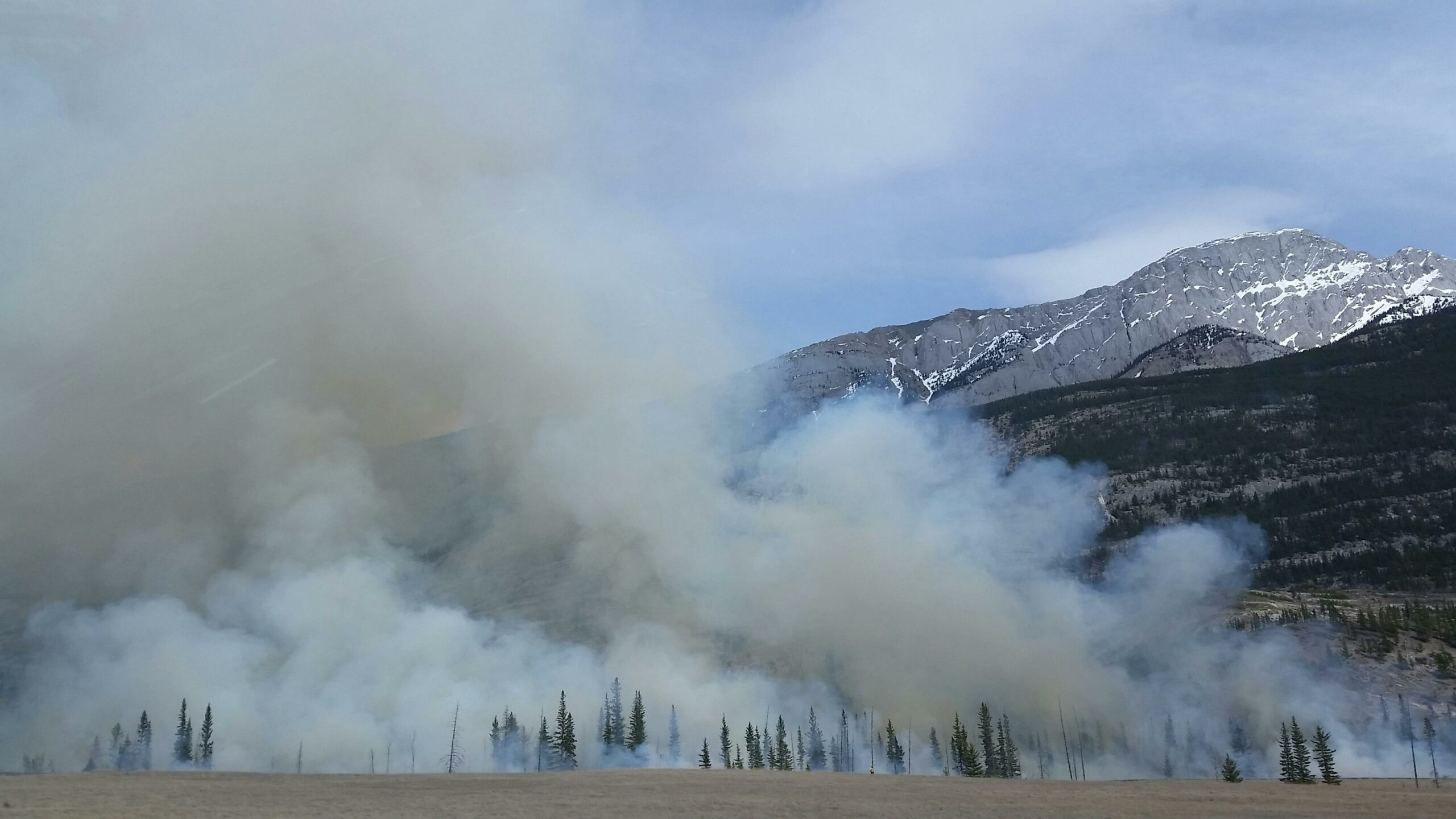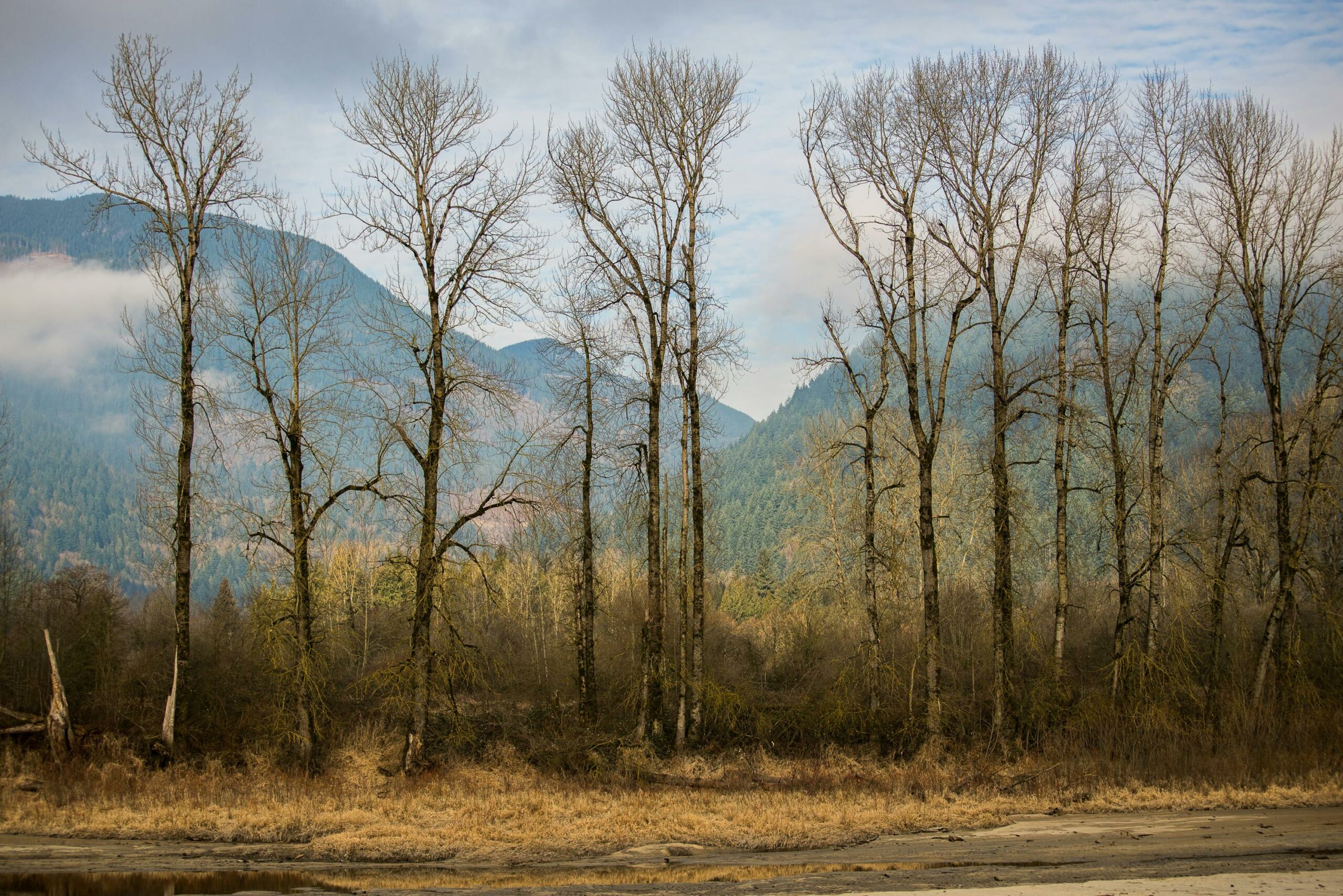Author: Abby Marsden
Date: August 1, 2024

Article Title:
Potential climate change impacts on fire intensity and key wildfire suppression thresholds in Canada
Article Affiliation(s):
1) Natural Resources Canada—Canadian Forest Service, Faculty of Forestry, University of Toronto, 33 Willcocks St. Toronto, ON, M5S 3B3, Canada
2) University of Alberta, Department of Renewable Resources, 751 General Service Building, Edmonton, AB, T6G 2H1, Canada
3) Natural Resources Canada—Canadian Forest Service, Northern Forestry Centre, 5320-122nd Street, Edmonton, AB, T6H 3S5, Canada
Article Citation:
Wotton, B. M., Flannigan, M. D., & Marshall, G. A. (2017). Potential climate change impacts on fire intensity and key wildfire suppression thresholds in Canada. Environmental Research Letters, 12(9), 095003.
INTRODUCTION
Wildfires are a significant threat to Canada’s boreal forests, affecting ecosystems, air quality, and public health. Climate change is expected to make these environments even more prone to fires, requiring a reassessment of current land management practices.
Potential climate change impacts on fire intensity and key wildfire suppression thresholds in Canada discusses how future climate conditions might alter fire intensity and current suppression capabilities in Canada’s boreal forests. This research is important as it addresses the increasing difficulty in managing wildfires . The study hypothesizes that, with climate change, there will be more frequent high intensity fires that surpass current wildfire suppression capabilities. Previous studies have shown that climate change affects fuel moisture and ignition, leading to increased fire activity. This study extends past research by focusing on how these changes impact fire suppression efforts.
To gather data, researchers used General Circulation Models (GCMs) and carbon emission scenarios to create future fire environment projections. These were analyzed using the Canadian Forest Fire Behaviour Prediction System (FFBPS) to understand potential changes in fire behaviour and suppression thresholds.

RESULTS AND DISCUSSION
Overall, the study identified consistency regarding future temperature scenarios from General Circulation models with geographical variable temperatures across Canadian forests. One of the most important factors concerned the change in rainfall, which affects overall dryness. Climate change projections suggest that an increase of 15% in seasonal precipitation is needed to offset every 1°C rise in temperature. However, projected precipitation increases are typically around 10%. This increased dryness with a severe lack of precipitation will generate a higher likelihood of fire ignition and spread, particularly in the boreal forest.
Additionally, data insights predict substantial increases in fire intensity, and are expected to frequently exceed suppression effectiveness thresholds. Days with fireline intensity above 10 MW m-1, where even heavy air tankers become ineffective, are projected to double in eastern Canada by as soon as the end of the century. This trend is consistent across various GCMs, demonstrating an increased potential for crown fires and larger, uncontrollable wildfires with large-scale impacts on Canadian communities.
Strengths of the study include the use of multiple GCMs and emission scenarios, providing important projections. However, the inherent uncertainty associated with General Circulation Models (GCMs) and their projections is a limitation. While these models are essential tools for understanding potential future climate scenarios, they come with a range of uncertainties, particularly regarding precipitation patterns and their spatial variability. The study overall suggests that increased fire suppression capacity alone may not suffice, and broader strategies will be necessary as temperatures continue to rise.

The findings from this study clearly show the need for enhanced fire management strategies and preparedness, as climate change will likely lead to more frequent and intense wildfires. This has significant implications for public safety, infrastructure, and ecosystem health.
For Atlantic Canadians, the broader implications of increased wildfire intensity and frequency will affect the lives of those living in or near forested areas. An enhanced understanding and preparation for such changes are vital for minimizing the impact on Atlantic communities and the environment. Considering how the study focuses primarily on boreal forests, Atlantic Canadians in Newfoundland and Labrador, where boreal forests are most common, should pay close attention to the data discussed from this study and establish emergency procedures in their communities accordingly.
CONCLUSION
In conclusion, this study reveals that climate change is projected to significantly increase wildfire intensity and frequency in Canada’s boreal forests. The findings indicate that higher temperatures and insufficient precipitation increases will lead to drier forests, thereby raising the potential for unmanageable crown fires. These environmental changes emphasize the need for broader and more organized fire management strategies, as well as emergency preparedness procedures amongst Canadian communities located in vulnerable areas nationwide.
